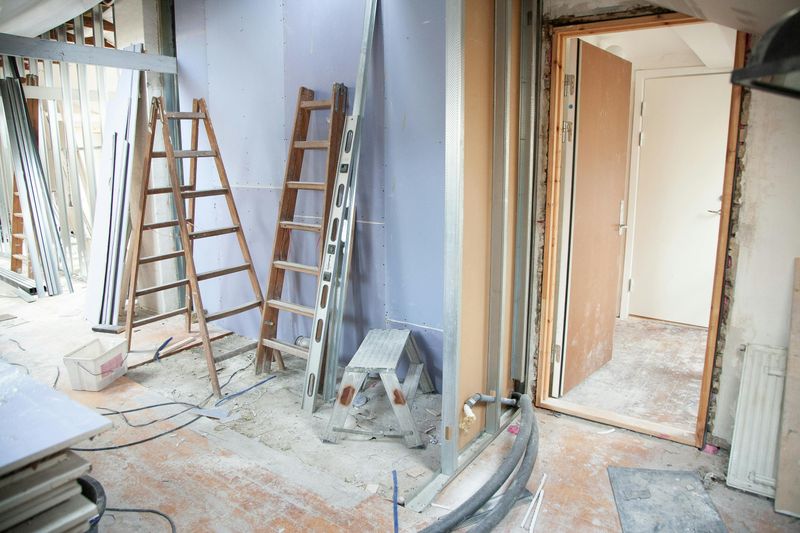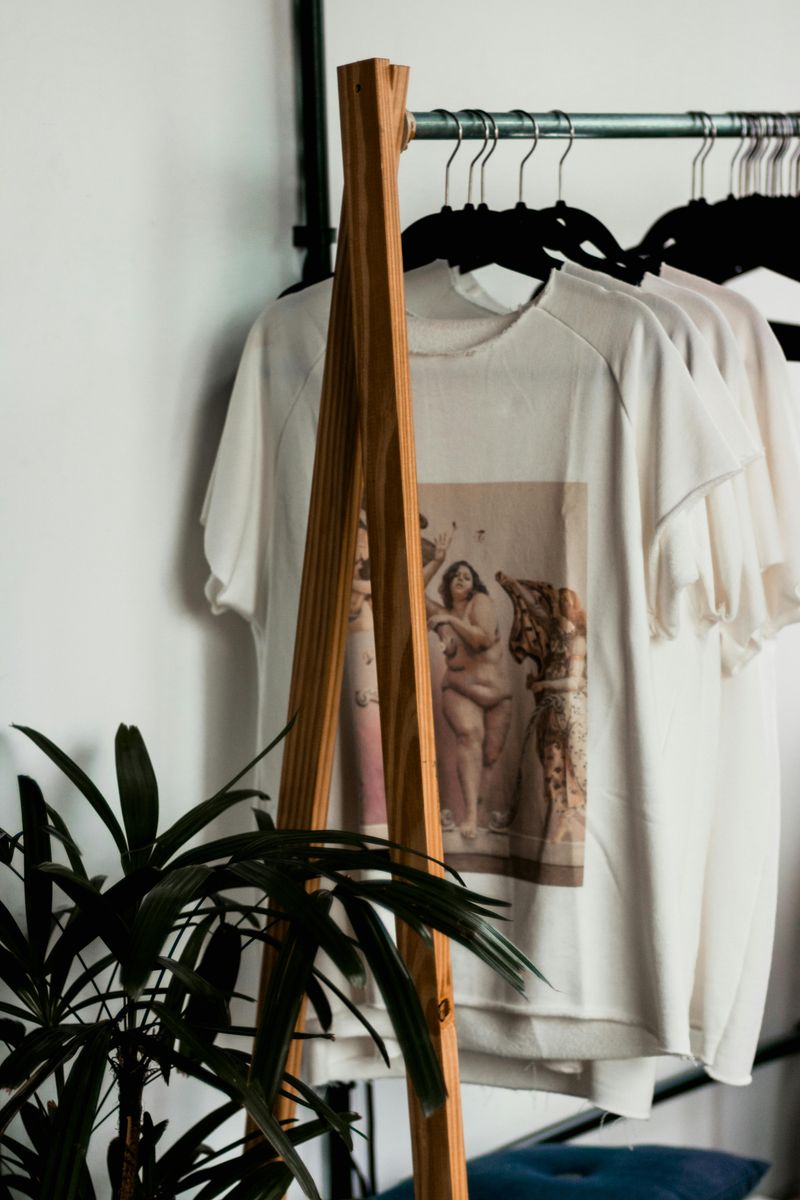9 Ways Lifestyle Creep Can Slowly Eat Into Your Retirement Nest Egg

Ever noticed how your spending habits change as your income rises? That’s lifestyle creep – the gradual increase in spending when your earnings go up. While enjoying life’s pleasures is important, unchecked lifestyle inflation can silently drain your retirement nest egg. Many of us fall into spending traps without realizing how they impact our long-term financial security.
1. Housing Upgrades That Break The Bank

Moving to bigger homes or fancier neighborhoods feels like a natural next step when you get a raise. The mortgage payment might seem manageable, but larger homes bring higher property taxes, insurance, maintenance costs, and utility bills.
These housing-related expenses can easily add hundreds or thousands to your monthly budget. That money could instead be growing in your retirement accounts, potentially worth millions over several decades of compound interest.
2. Luxury Car Fever

Remember when you were happy with a reliable, modest vehicle? Trading up to premium brands creates a cascade of higher expenses. Beyond the heftier car payment, luxury vehicles demand premium gas, costlier insurance, and specialized maintenance.
The average American keeps their car for about six years. If you consistently choose luxury over practical transportation, you could be losing $100,000+ in potential retirement savings over your working life. That sleek leather interior comes with an invisible retirement price tag.
3. Subscription Service Overload

Streaming services, meal kits, monthly boxes, apps, and memberships – they seem small individually but create a substantial monthly drain. Many households pay for services they barely use or have forgotten about entirely.
Just $100 monthly in unnecessary subscriptions equals $1,200 yearly. Invested for 30 years at a modest 7% return, that becomes over $120,000 in retirement savings! Consider which subscriptions truly improve your life, and regularly audit your recurring charges.
4. Dining Out Creep

As income grows, many people gradually shift from occasional restaurant treats to regular dining experiences. The $15 lunch that replaced your $5 homemade sandwich might seem insignificant, but multiply that by 20 workdays monthly.
Fancy coffee habits follow the same pattern. The average American spends over $2,000 annually dining out. Cutting this in half and investing the difference could add $200,000+ to your retirement over 30 years. Finding balance between convenience and saving is key.
5. Vacation Inflation

Remember when camping or road trips were your vacation norm? As income rises, many people graduate to resort stays, international travel, and premium experiences. While creating memories is valuable, vacation spending often expands far beyond what brings true happiness.
A family spending an extra $3,000 annually on upgraded vacations could instead have nearly $300,000 more at retirement after 30 years of investing. The solution isn’t skipping vacations – it’s finding the sweet spot where experiences bring joy without excessive spending.
6. The Upgrade Treadmill

Smartphones, laptops, TVs, appliances – we’re constantly tempted to replace functioning items with newer models. Technology companies have mastered making us feel our perfectly good devices are suddenly obsolete.
Always having the latest gadgets creates a perpetual drain on finances. Someone who keeps devices longer and invests the difference could add $50,000+ to retirement over their working years. Before upgrading, honestly ask yourself if the new features will meaningfully improve your life.
7. Wardrobe Expansion

Professional success often triggers wardrobe upgrades. Designer labels, premium accessories, and an expanding collection of shoes can quickly consume thousands annually. The social pressure to “dress for success” makes this particularly sneaky.
A quality wardrobe doesn’t require constant expansion. Creating a capsule collection of versatile, well-made pieces can save thousands yearly. Someone saving just $1,500 annually on unnecessary clothing could add over $150,000 to their retirement over 30 years.
8. The Second Home Dream
Vacation properties represent one of the largest lifestyle creep expenses. Beyond the purchase price, second homes require maintenance, property management, insurance, and property taxes – often while sitting empty most of the year.
For many, renting vacation accommodations when needed proves dramatically more cost-effective. The difference between owning a vacation property versus occasional rentals could mean $500,000+ more in retirement accounts over 20 years. This isn’t just about money but freedom from worry over a distant property.
9. Outsourcing Everything

As income increases, many people hire others for tasks they previously handled themselves. Lawn care, house cleaning, meal preparation, laundry services – these conveniences add up quickly. While time has value, complete outsourcing can silently drain retirement funds.
Being selective about which services truly improve your life quality versus which you might continue handling yourself can preserve thousands annually for retirement. Someone saving just $200 monthly on unnecessary services could accumulate an additional $200,000+ for retirement over 30 years.

Comments
Loading…